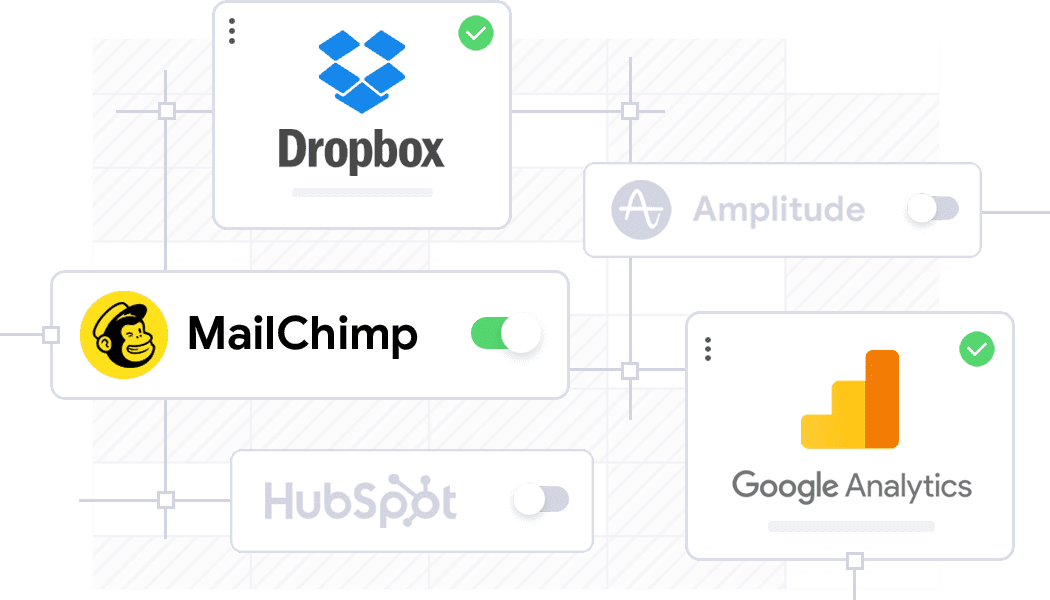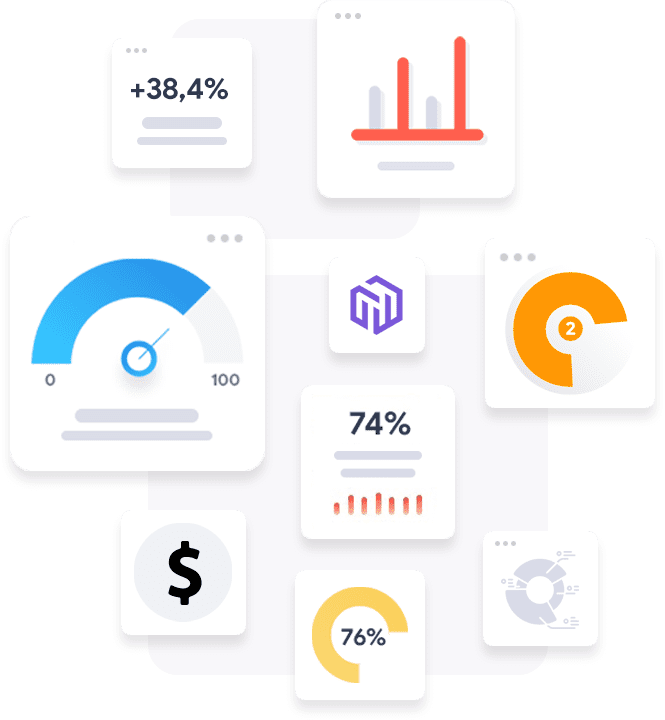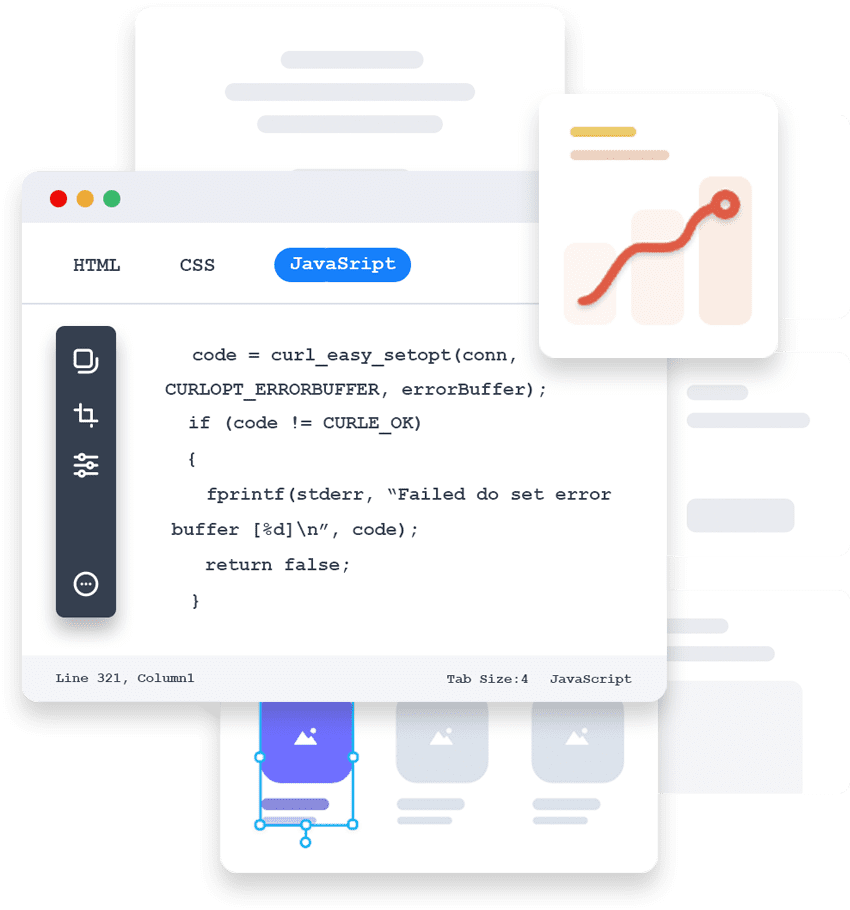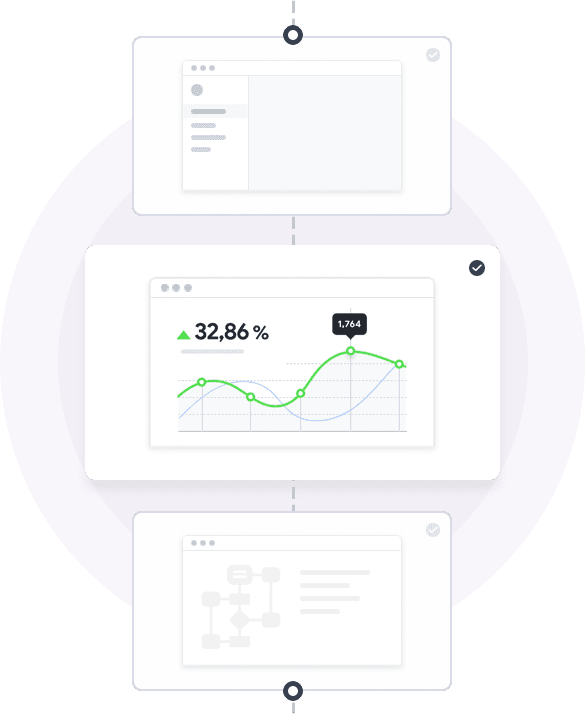Comprehensive Visual Content Analysis
Advanced computer vision technology that analyzes images and videos with pixel-level precision, understanding context, artistic intent, and cultural nuances to ensure safe visual content across all platforms.
Revolutionary Computer Vision Technology
Comprehensive visual content analysis represents the pinnacle of computer vision technology applied to content moderation. Our advanced AI systems understand not just what is depicted in images and videos, but the context, intent, and cultural significance of visual content. This sophisticated approach ensures accurate identification of harmful material while preserving legitimate artistic, educational, and cultural expression.
Unlike traditional image recognition systems that rely on simple object detection, our technology incorporates deep learning models trained on millions of images across diverse cultures, contexts, and use cases. This comprehensive training enables nuanced understanding of visual content that considers artistic merit, educational value, cultural context, and potential for harm.
Advanced Computer Vision Architecture

Our visual content analysis system employs state-of-the-art convolutional neural networks and transformer architectures specifically designed for content moderation applications. These models process visual information at multiple scales and resolutions, enabling detection of both obvious and subtle policy violations.
Core Detection Capabilities
Object Recognition: Identifies specific objects, people, animals, and items within images with 99.3% accuracy across 50,000+ categories
Scene Understanding: Analyzes overall scene context, settings, and environmental factors that affect content interpretation
Facial Analysis: Detects faces, expressions, age estimation, and emotional states while respecting privacy requirements
Text Detection: Identifies and analyzes text within images, including handwriting, signs, and overlay text
Activity Recognition: Understands human activities, behaviors, and interactions depicted in visual content
Anatomical Detection: Identifies exposed body parts and intimate content with sensitivity to context and cultural norms
Violence Detection: Recognizes violent actions, weapons, injuries, and threatening gestures or situations
Brand & Logo Detection: Identifies commercial brands, logos, and intellectual property for trademark protection
Multi-Scale Analysis

The system analyzes images at multiple resolutions and scales, from pixel-level details to overall composition and context. This multi-scale approach ensures that both subtle manipulations and obvious policy violations are detected, regardless of image size, quality, or artistic style.
Attention mechanisms focus computational resources on the most relevant parts of images, improving both accuracy and processing speed. This selective analysis allows the system to identify key features that indicate policy violations while ignoring irrelevant background elements.
Pixel-Level Precision & Detail Detection

Advanced Segmentation Technology
Our pixel-level analysis capabilities enable precise identification of specific image regions that may contain policy violations. This granular approach allows for targeted action, such as blurring specific areas while preserving the rest of the image, or providing detailed feedback about exactly which elements triggered moderation actions.
Semantic segmentation models classify every pixel in an image, creating detailed maps of content types, risk levels, and contextual information. This comprehensive analysis supports sophisticated moderation policies that can differentiate between different types of content within the same image.
Manipulation Detection
Advanced algorithms detect image manipulations, including deepfakes, face swaps, and digital alterations that might be used to create harmful or misleading content. The system analyzes compression artifacts, lighting inconsistencies, and other technical indicators that reveal digital manipulation.
This capability is crucial for platforms dealing with misinformation, non-consensual intimate imagery, and other forms of synthetic media that can cause significant harm to individuals and communities.
Quality & Authenticity Assessment
The system evaluates image quality, authenticity, and potential for misuse based on technical characteristics, metadata analysis, and content patterns. This assessment helps identify automatically generated content, stock photos used inappropriately, and other forms of inauthentic visual content.
Provenance tracking capabilities help establish the origin and editing history of images, supporting investigations into coordinated inauthentic behavior and helping users verify the authenticity of visual information.
Contextual Understanding & Scene Analysis

Situational Context Recognition
Understanding visual content requires more than identifying individual objects or people. Our system analyzes the relationships between elements in an image, the overall situation being depicted, and the likely intent behind content creation. This contextual understanding enables appropriate moderation decisions that consider the full meaning of visual content.
The technology recognizes the difference between educational medical content and inappropriate imagery, between artistic nude photography and exploitative content, and between news documentation and glorification of violence. This nuanced understanding is essential for platforms that support diverse content types.
Environmental & Setting Analysis
The system analyzes environmental contexts, including locations, settings, and background elements that provide important clues about content appropriateness. For example, the same level of undress might be appropriate in a beach setting but inappropriate in a professional environment.
Geographic and cultural context recognition helps the system understand when content might be appropriate in one region but problematic in another, supporting global platforms that serve diverse audiences with different cultural norms and legal requirements.
Temporal Sequence Understanding
For video content, the system analyzes temporal sequences to understand how scenes develop over time. This capability is crucial for identifying content that becomes inappropriate through progression, such as initially benign interactions that escalate into harmful situations.
The technology tracks character interactions, scene changes, and activity progression to build comprehensive understanding of video narratives and identify potential policy violations that only become apparent through temporal analysis.
Artistic Intent & Cultural Sensitivity

Artistic Context Analysis
Our system incorporates sophisticated understanding of artistic expression, recognizing when content that might otherwise be flagged serves legitimate artistic, educational, or cultural purposes. This includes understanding various art forms, historical contexts, and creative techniques that inform appropriate moderation decisions.
The technology analyzes composition, lighting, styling, and other artistic elements to differentiate between exploitative content and legitimate artistic expression. This capability is essential for platforms that support creative communities while maintaining appropriate safety standards.
Cultural Sensitivity & Global Awareness
Visual content analysis incorporates cultural knowledge from around the world, understanding that appropriate imagery varies significantly between cultures, religions, and regions. The system adapts its analysis based on the cultural context of both content creators and intended audiences.
This cultural awareness extends to understanding religious imagery, traditional dress, cultural celebrations, and historical documentation that might be misinterpreted without proper cultural context. The system ensures that legitimate cultural expression is preserved while maintaining safety standards.
Educational Value Assessment
The system recognizes educational content that serves important learning purposes, even when it contains elements that might otherwise trigger moderation actions. This includes medical education, historical documentation, scientific imagery, and news content that serves the public interest.
Educational context recognition considers factors such as the platform type, audience demographics, accompanying text or captions, and the overall presentation style to determine when content serves legitimate educational purposes rather than exploitative goals.
Advanced Video Content Analysis
Frame-by-Frame Analysis
Video content analysis extends our image analysis capabilities across temporal dimensions, examining individual frames while understanding the relationships between sequential images. This comprehensive approach ensures that brief moments of policy violation within longer videos are detected and appropriately handled.
The system processes videos at multiple frame rates and resolutions, adapting its analysis based on content type and risk assessment. High-risk content receives more intensive frame-by-frame analysis, while lower-risk content can be processed more efficiently through sampling techniques.
Motion & Activity Recognition
Advanced motion analysis algorithms understand human activities, gestures, and behaviors in video content. This capability enables detection of violent actions, inappropriate behavior, and threatening gestures that might not be apparent in individual frames but become clear through motion analysis.
The system recognizes complex activities and their progression over time, identifying when benign activities transition into policy violations or when seemingly innocent content is part of larger harmful narratives.
Audio-Visual Synchronization
When combined with audio analysis, the system understands the relationship between visual content and accompanying sound, creating comprehensive understanding of multimedia content. This synchronization enables detection of content where visual and audio elements combine to create harmful experiences.
The technology identifies mismatches between audio and visual content that might indicate manipulation, as well as understanding when audio commentary changes the context or appropriateness of visual material.
Real-World Applications & Success Stories
Social Media Platform Protection
A major social media platform implemented our visual content analysis to protect users from harmful imagery while preserving artistic and educational content. The system reduced inappropriate image reports by 89% while maintaining user satisfaction with content variety and creative expression opportunities.
The platform's ability to automatically blur inappropriate sections of images while preserving the rest of the content improved user experience and reduced the need for complete content removal, supporting both safety and expression goals.
E-commerce Marketplace Success
An international e-commerce platform used our technology to ensure product images comply with regional standards and marketplace policies. The system reduced policy violations by 76% while enabling sellers to understand exactly which elements of their images needed modification.
Automated detection of counterfeit products through visual similarity analysis helped protect both consumers and legitimate brand owners, while supporting marketplace trust and regulatory compliance across multiple jurisdictions.
Educational Technology Implementation
A leading educational platform implemented visual content analysis to ensure age-appropriate imagery across all learning materials. The system's ability to understand educational context while maintaining safety standards enabled rich multimedia learning experiences for students of all ages.
The technology's cultural sensitivity features ensured that educational content remained appropriate for diverse global audiences while respecting different cultural norms and educational traditions.
Performance & Accuracy Metrics
Our visual content analysis system processes over 100 million images daily with 96.8% accuracy and sub-200ms processing times. False positive rates remain below 2.5%, ensuring that legitimate content is preserved while harmful material is effectively identified and addressed.
Continuous improvement through machine learning ensures that accuracy rates continue to improve as the system encounters new types of content and evolving visual trends across different platforms and user communities.
